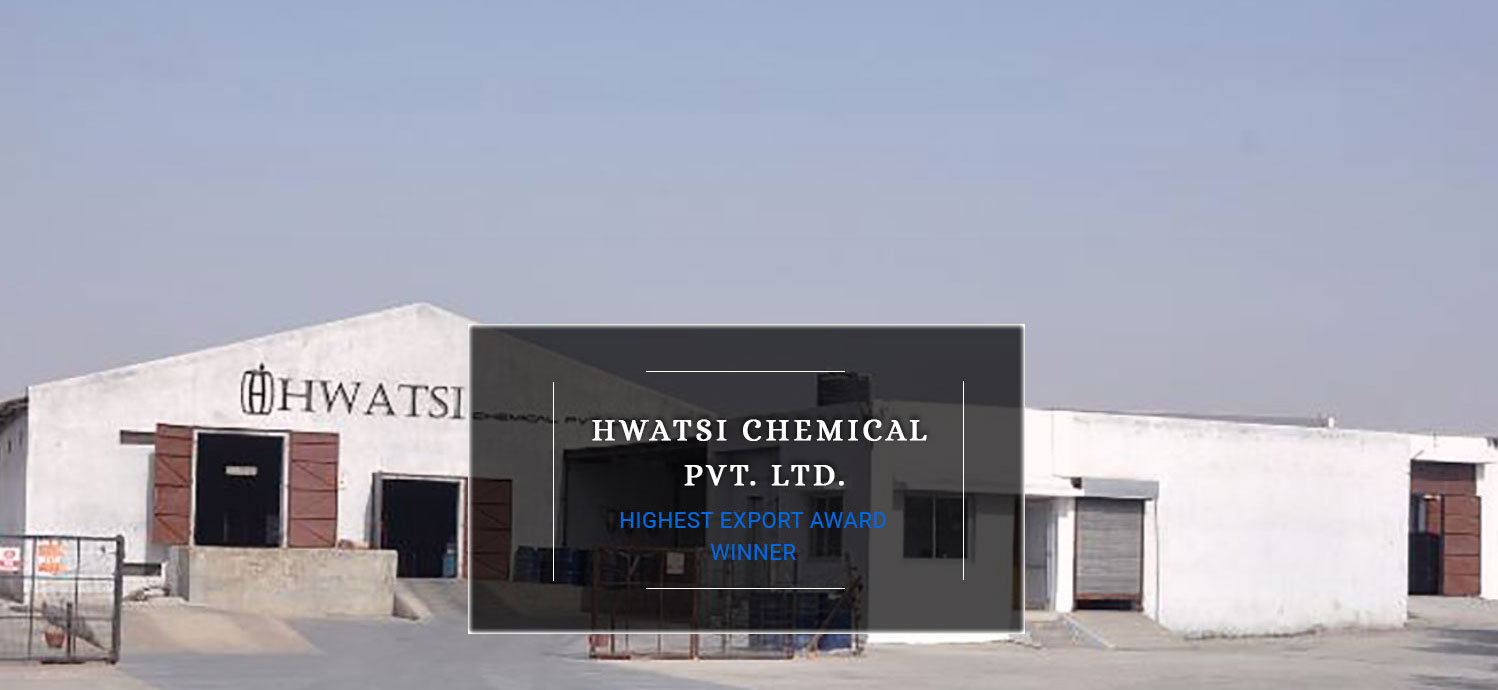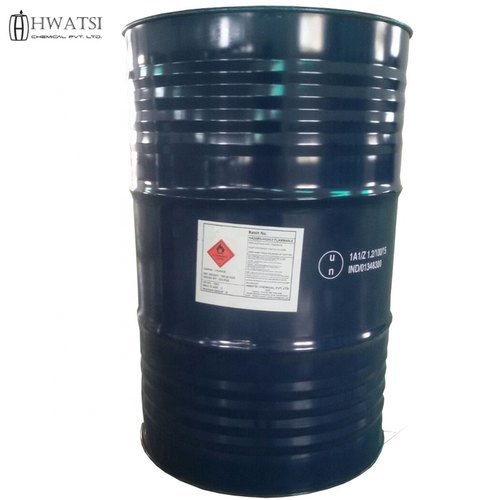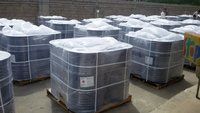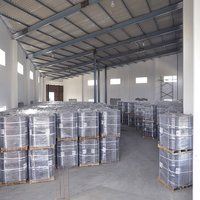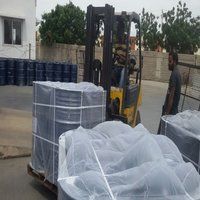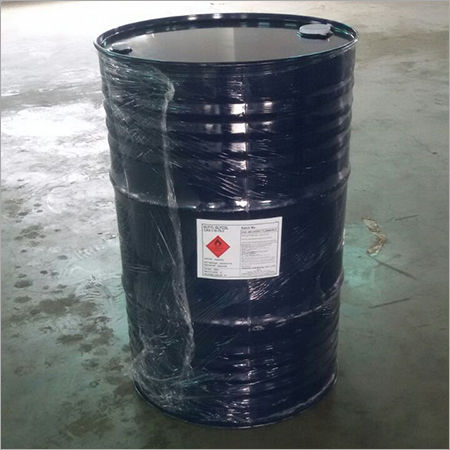Ethylene Di Chloride Chemical
Product Details:
- Chemical Name Ethylene Di Chloride chemical
- Other Names 1,2-dichloroethane , edc ,Ethylene Di Chloride
- CAS No 107-06-2
- Physical State Liquid Coating
- Shelf Life 2 Years
- Purity(%) 99.9 min.
- Click to View more
Ethylene Di Chloride Chemical Price And Quantity
- 20 Metric Ton
- 48000 INR/Metric Ton
Ethylene Di Chloride Chemical Product Specifications
- 99.9 min.
- Liquid Coating
- 107-06-2
- Ethylene Di Chloride chemical
- 1,2-dichloroethane , edc ,Ethylene Di Chloride
- 2 Years
Ethylene Di Chloride Chemical Trade Information
- MUMBAI
- 200 Metric Ton Per Month
- 1 - 2 Week
- It is Non Hazardous Cargo. We provide 250 kgs packing in Drums with Shrink wrapped, Palatalized.
- All India
- ISO certified company and rated by Crisil - high in financial
Product Description
Ethylene dichloride (EDC) is a clear, colourless, oily liquid with a sweet, pleasant chloroform-like odour. It is highly volatile, toxic, flammable and miscible with chlorinated hydrocarbons and most organic solvents. It reacts violently with aluminium, alkali metals,alkali amides, ammonia, bases, strong oxidants and attacks many metals in presence of water.
Around 95% of EDC is used inthe production of vinyl chloride monomer (VCM), nearly all of which goes intopolyvinyl chloride (PVC).
Other outlets for EDC arechlorinated solvents such as ethyleneamines, trichloroethylene, vinylidenechloride and trichloroethane. It is used as an intermediate in the production of perchloroethylene (tetrachloroethylene) and as a catalyst in hexachlorophene production.
EDC has been used as a solvent in the textile, metal cleaning and adhesives industries. Solvent markets tendto be mature due to environmental pressures to reduce emissions and declining in the case of perchloroethylene.
The chemical compound 1,2-dichloroethane,commonly known as ethylene dichloride (EDC), is a chlorinated hydrocarbon. It is a colourless liquid with a chloroform-like odour. The most common use of 1,2-dichloroethane is in the production of vinyl chloride, which is used to make polyvinyl chloride (PVC) pipes, furniture and automobile upholstery, wallcoverings, housewares, and automobile parts. 1,2-Dichloroethane is also used generally as an intermediate for other organic chemical compounds, and as a solvent. It forms azeotropes with many other solvents, including water (at a boiling point of 70.5 °C or 158.9 °F or 343.6 K) and other chlorocarbons.
Other Products in 'Solvent Chemicals' category
 |
HWATSI CHEMICAL PRIVATE LIMITED
All Rights Reserved.(Terms of Use) Developed and Managed by Infocom Network Private Limited. |
 English
English Spanish
Spanish French
French German
German Italian
Italian Chinese (Simplified)
Chinese (Simplified) Japanese
Japanese Korean
Korean Arabic
Arabic Portuguese
Portuguese
